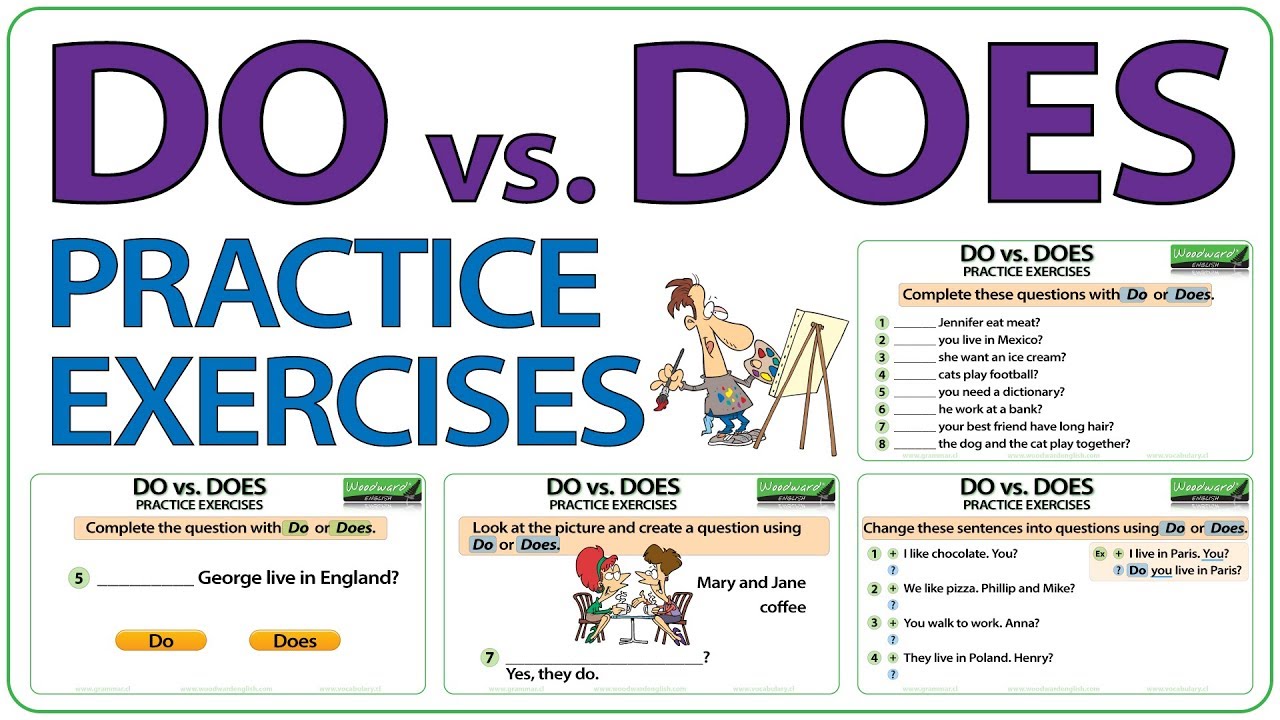How Functionalists Analyze the Roles of Media and Technology in Society
Introduction: The Functionalist Perspective on Media and Technology
Functionalism is a dominant approach in sociology that interprets society as a complex system in which each part serves a vital role in maintaining stability and solidarity. When applied to media and technology, functionalism focuses on the ways these elements contribute to the smooth operation of society, reinforce cultural norms, and support social cohesion. This article explores the core features of the functionalist perspective on media and technology, provides real-world examples, and offers actionable steps for understanding and leveraging these concepts in practical contexts.
Core Functionalist Concepts Applied to Media and Technology
Functionalist sociologists analyze how media and technology serve society by:
-
Providing information
: Media outlets, online platforms, and digital technologies disseminate news, research, and trends, keeping citizens informed and engaged in current events [2] . -
Facilitating socialization
: Through television, social media, and online forums, individuals learn cultural norms, values, and expected behaviors [3] . -
Offering entertainment
: Media provides recreation and emotional engagement, contributing to overall well-being and relaxation [1] . -
Enforcing social norms
: Media highlights ideal behaviors and societal values, often through news coverage, documentaries, and popular programming [4] . -
Facilitating communication
: Technologies such as the internet and mobile devices enable rapid interaction, supporting everything from family discussions to international trade [4] .
Practical Example: Media’s Role in Health Campaigns
Consider the impact of media in public health initiatives. Television and online campaigns about healthy eating and exercise, such as those supported by the USDA’s Healthy, Hunger-Free Kids Act and Michelle Obama’s Let’s Move! Initiative, help inform and encourage healthier societal behaviors. Media’s ability to reach large audiences makes it a functional tool for public health communication [5] .
Step-by-Step Guidance: Applying Functionalist Insights
-
Identify media functions in your environment:
Make a list of how different media and technologies help you and those around you. Include information access, entertainment, communication, and norm reinforcement. -
Analyze social impacts:
Consider how these functions support stability and cohesion in your community. For example, does local news coverage promote civic engagement or reinforce community values? -
Assess educational contributions:
Explore how online learning platforms and educational media facilitate skill development and lifelong learning. Many schools and organizations offer digital resources; search for official education portals or contact local learning centers for access. -
Evaluate commercial functions:
Observe how advertising on television, social media, and public spaces connects businesses with consumers. Companies use media analytics to target demographics-if you are a business owner, research advertising opportunities through verified media outlets or marketing agencies. -
Leverage technology for communication:
Use digital platforms to foster community engagement. For example, organize virtual meetings or events using established tools like Zoom or Microsoft Teams, both of which have official websites and support resources.
Potential Challenges and Solutions
Functionalists recognize that while media and technology can foster stability, they may also produce dysfunctions:
-
Narcotizing dysfunction:
People can become overwhelmed by constant media exposure, leading to apathy and passive consumption rather than active engagement. To counteract this, set intentional limits on media use and seek out participatory opportunities, such as volunteering or joining discussion groups [2] . -
Digital divide:
Unequal access to technology can hinder social integration. Address this by seeking community programs or public institutions (libraries, schools) that offer free internet access and digital literacy training. For government programs supporting technology access, visit the official website of the Federal Communications Commission and search for ‘digital inclusion’ or ‘Affordable Connectivity Program.’ Always verify agency names and never rely on assumed URLs.
Alternative Approaches: Beyond Functionalism
While functionalism highlights the positive roles of media and technology, other sociological perspectives provide additional insights:
-
Conflict theory:
Examines how media can perpetuate inequality and power imbalances by controlling information access or promoting dominant interests. -
Symbolic interactionism:
Focuses on how individuals interpret media messages and the meanings these create in everyday life.
Combining functionalist analysis with these approaches can offer a more nuanced understanding of media and technology’s effects.

Source: studocu.com
Comprehensive Guidance for Accessing Media and Technology Resources
To benefit from the societal functions of media and technology, follow these steps:

Source: thoughtco.com
-
Educational Resources:
Search for online courses and digital libraries through verified institutions such as your local public library or accredited universities. Always use official sites, and avoid unverified links. -
Health Campaigns:
For information on public health initiatives, visit official government agency websites (such as the Centers for Disease Control and Prevention) or search for programs by name. If uncertain, call the agency’s public information office for guidance. -
Digital Literacy:
Many nonprofit organizations and community centers offer technology training. Use search terms like ‘digital literacy class near me’ or ‘community internet access’ for local options. -
Commercial Advertising:
If you are a business seeking to advertise, contact established media outlets or marketing agencies. Verify all contact information and use official channels. -
Entertainment and Socialization:
Engage with media responsibly by choosing content from reputable sources. Consider joining online communities or clubs based on your interests for social interaction and support.
Key Takeaways
The functionalist approach provides a framework for understanding how media and technology support the structure and stability of society. By focusing on their roles in information dissemination, socialization, entertainment, norm enforcement, and communication, individuals and organizations can more effectively leverage these tools for positive social impact. For those seeking access to related services or opportunities, always rely on verified, official sources, and use qualifying language when information is uncertain. Combining functionalist insights with practical guidance empowers users to make informed, responsible choices in their media and technology use.
References
- [1] Studocu (2022). Functionalist focus on media and technology.
- [2] SparkNotes (2025). Theories of Media and Technology.
- [3] Lumen Learning (2016). Functionalism on Media and Technology.
- [4] OpenStax (2015). Introduction to Media and Technology.
- [5] Lumen Learning (2016). Functionalism on Culture and Technology.



